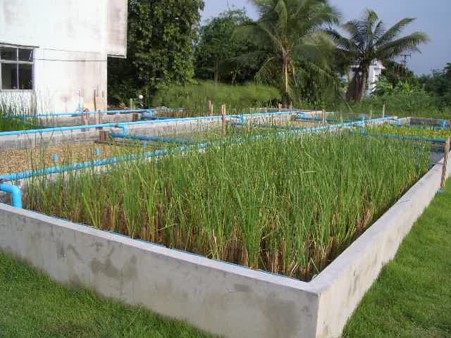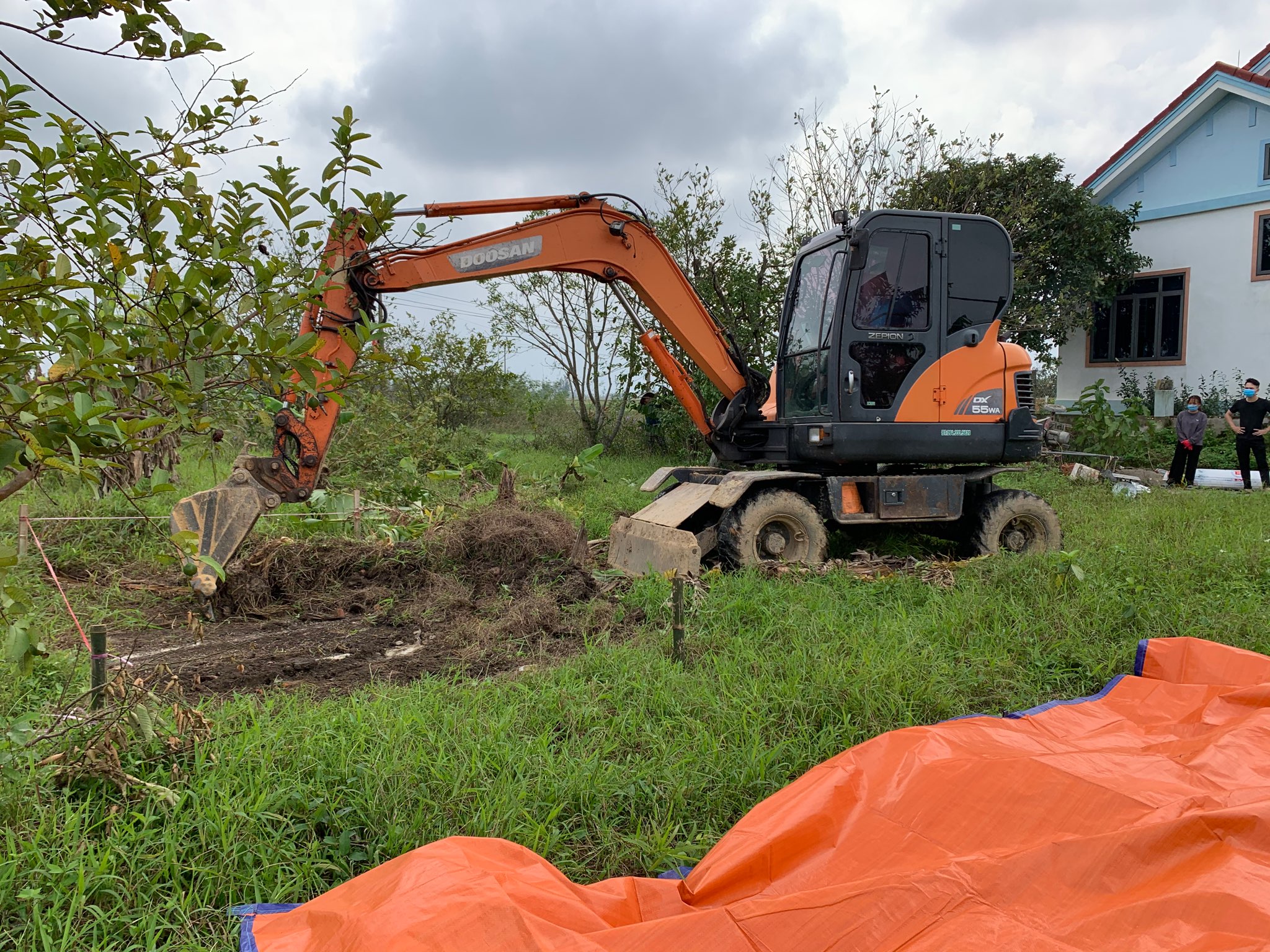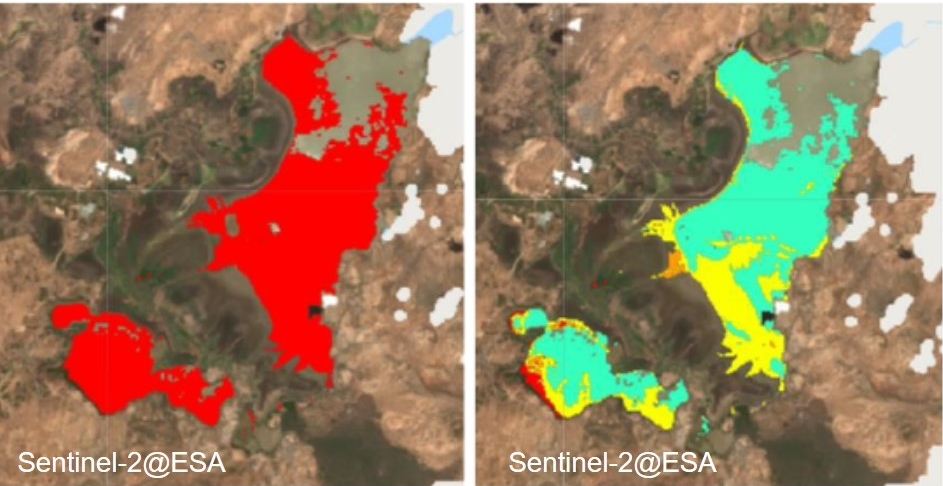国際連携
International collaboration
研究概要
世界には安全な水が供給されていない地域が多くあり、POPs等で汚染された土壌もたくさんあります.一方で国連の持続可能な開発目標(SDGs)6を達成するうえで、開発途上国における水管理システムの開発や水インフラの普及が要請されています.先進国では水源も含めた公共用水域の水質モニタリングが確立していますが、途上国では経済的・人材的な問題から十分に整備されていません.つまり、グローバルに水問題を考えると、新たな技術・システム開発が必要です.当研究室では、これまでの研究成果をさらに発展させるために、外部連携者と協力して国際的な共同研究を実施しています.国内外の研究者、技術者、学生と行うズームミーティング、現地のフィールド試験や調査は学内の研究とは異なった経験を与えます.
Research Summary
There are many areas in the world where safe water is not supplied, and there are many soils contaminated with POPs. On the other hand, in order to achieve the United Nations Sustainable Development Goals (SDGs) 6, the development of water management systems and the spread of water infrastructure in developing countries are required. In developed countries, water quality monitoring of public water areas including water sources has been established, but in developing countries, it is not sufficiently developed due to economic and human resources problems. In other words, considering water problems globally, it is necessary to develop new technologies and systems. In our laboratory, we are conducting international joint research in cooperation with external collaborators in order to further develop the research results so far. Zoom meetings with domestic and foreign researchers, engineers, and students, and field tests and surveys in the field give different experiences from on-campus research.
研究トピックス
1.Bio-Fenton法を組み込んだ先進人工湿地法の開発と水循環利用
2.ベトナムPOPs汚染土壌のフィールド浄化試験
3.鉛直流れ人工湿地法を用いた農薬処理処理に関するモデリング
4.リモートセンシングによるエチオピア・コカ貯水池の水質解析
Research Topics
1.Development of advanced artificial wetland method incorporating Bio-Fenton method and utilization of water cycle
2.Field purification test of Vietnam POPs contaminated soil
3.Modeling for pesticide treatment using the plumb bob artificial wetland method
4.Water quality analysis of Ethiopian Coca Reservoir by remote sensing
研究のポイント
Research Points
Bio-Fenton法を応用した人工湿地技術(Fig. 1)およびファイトリメディエーション技術(Fig. 2)をタイおよびベトナムで適用して、それぞれ都市下水の効率浄化・循環利用とPOPs汚染サイトの浄化試験を実施しています.DDT類の浄化過程では中間物質のDDEが一部生成された後に分解されることや、操作条件により土壌環境基準以下に浄化できることがわかりました。これらの技術は、従来の下水処理法や土壌修復法に比べて、低コスト・省エネルギーで高速浄化が可能です.一方で、Fig. 3はアフリカ大陸のエチオピア・コカ貯水を対象として、欧州宇宙機関Sentinel-2衛星データからアオコ等の発生状況を解析した一例です.その結果、貯水池ではアオコが繁殖していること、位置、時間により変動することが分かりました.得られた解析結果は現地フィールドテータと比較し、より高精度な解析法に繋げます.本研究は創造理工学研究科とアディスアベバ大学水管理センター(世界銀合・エチオピア政府イニシアチブで設立)との学術連携協定の一環として実施しています.

Fig. 1 人工湿地による下水処理(タイ).

Fig. 2 POPs汚染土壌の浄化(ベトナム).

Fig. 3 リモートセンシング(エチオピア).
(赤及び緑ゾーンがアオコ生息域を示す)
Constructed wetland (Fig. 1) and phytoremediation technology (Fig. 2) integrated with the Bio-Fenton process are applied in Thailand and Vietnam to efficiently purify and recycle municipal sewage and purify POPs-contaminated sites, respectively. In the phytoremediation process, it was found that DDE was produced as an intermediate and then decomposed completely. Under certain operating conditions, DDTs became below the environmental standard in Vietnam. Compared to conventional sewage treatment processes and soil remediation technologies, high-rate purification is possible at low cost with almost no energy requirements. On the other hand, Fig. 3 is an example of analyzing the occurrence of blue-green algae from the Sentinel-2 satellite data of the European Space Agency for Coca reservoir in Ethiopia. As a result, it was demonstrated that blue-green algae are growing in the reservoir, and that it fluctuates depending on the location and time. The analyzed results can be compared with local field datar and lead to a more accurate analysis program. This research is being carried out as part of an academic collaboration agreement between the Graduate School of Creative Science and Engineering, Waseda University and the Water Management Center of Addis Ababa University (established under the Initiative of the World Bank and the Ethiopian Government).

Fig. 1 Sewage treatment with artificial wetlands (Thailand).

Fig. 2 Purification of POPs contaminated site (Vietnam).

Fig. 3 Remote sensing (Ethiopia).
(Red and green zones indicate blue-green algae)